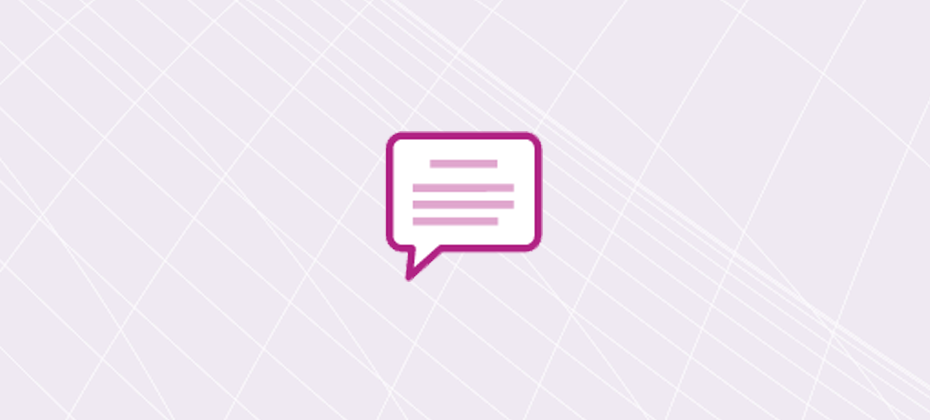This guest post is from Benjamin Feldman (@BWFeldman), writer and content strategist at ReadyForZero.com, a company helping people get out of debt.
At the beginning of this year, I had several thousand dollars in credit card debt and I was ready to pay it off. But I knew that I needed to cut down on my spending in order to have enough money left over to start paying down my credit card balance.
So I did some research and started finding ways to cut expenses. One of the things I realized is that your fixed expenses – the ones that seem to be locked in – like your auto insurance and rent, often have some flexibility after all.
Below are some tips I’ve found for reducing those fixed expenses:
1. Renegotiate Your Cell Phone Plan
When it comes right down to it, we pay a lot for our cell phones – not always for the phones themselves, but for the monthly calling plan (and data plan, in most cases) that comes with them. These companies count on the fact that we sign up for a plan when we’re excited about our new phone and then simply pay the bill every month – which means a steady cash flow for them.
But what if you need to get out of debt or simply want to save more of your take-home pay each month? If that’s the case, you should try to get that cell phone bill lowered. First, look at your most recent statement and see what you’re actually paying for. It’s possible your bill includes things you signed up for but are no longer using, like an extended data plan, unlimited text messaging, or an additional phone line.
Decide what level of service you actually need, and then research how much that would cost if you purchased it from another provider. When you find the best rate, call up that company and ask if they can guarantee that rate while waiving your cancellation penalty fees from your current provider. If they can, then you’re in business. But first call your current provider and see if they can match the offer – in many cases, they will because they don’t want to lose you as a customer.
2. Cut Your Cable Bill… Or Drop It Entirely
Another monthly expense that we all seem to have is the good old (actually not so good and not so old) cable bill. But you’re stuck with that one, right? Wrong. You can use similar tactics described above to lower the cost of your cable bill. Even if there are no competitors in your area, you can still use leverage you have as a loyal customer to reduce your rate. That’s because there are now so many alternative ways to get TV shows and other entertainment online.
Call up your cable company and tell them you are thinking about switching to Netflix or Hulu instead of being a cable subscriber. See if you can get a discount for 6-12 months or if they can take certain charges off your monthly bill – especially if you have ‘extra’s that you don’t need, like a second cable box or premium channels that you rarely watch. And if you need more details on alternatives to cable, check out this post on the ReadyForZero blog.
3. Save Money on Your Auto and Renters/Home Insurance
We’ve all seen the ads on TV telling us to look for better rates on auto insurance. It turns out, that’s not a bad idea. Keep in mind, that you can often save more with the company you’re currently with (due to their loyal customer program). However, that doesn’t mean you should assume that you already have the best deal.
Find your statement and see how much you’re paying right now. Also, make sure you understand what type of coverage you’re paying for. Then start calling around and find out which company may have a lower rate – for the same coverage. If you can get a lower rate quoted to you, take that back to your current insurance provider and ask if they can match it. Also, make sure you ask them about all the possible discounts that might apply to you, such as the one for buying your auto and home (or renter’s) insurance from the same company, the good driver discount, the family discount, etc.
4. Get a Good Workout for Less
You probably want to be healthy and get your recommended amount of exercise; but who says you have to pay an arm and a leg for an expensive gym membership? Especially when free and low-cost memberships exist, it’s worth downsizing or eliminating your gym membership. If your workouts consist mostly of running on a treadmill or doing sit-ups and push-ups, you can probably do without a gym membership. On the other hand, if you need to use certain exercise machines only available in a gym, look around for discount coupons available at stores like Costco or online that can cut your monthly gym costs in half.
5. Try to Lower Your Rent
This one will be tough for some people – especially if you live in an apartment that is managed by a corporate leasing office. However, if you have a landlord that you personally know, you might be surprised that you can find ways to get a discount on your rent. You might ask if you can help maintain the plants and landscaping around your apartment or help with do-it-yourself projects like repainting worn exterior walls in exchange for a reduced rental rate. I’ve seen instances when this kind of agreement worked quite well.
Even if you have a mortgage, there are ways to lower your monthly housing costs. For one thing, if you have a guest bedroom that is not being used, you could consider finding a renter. With any luck you might find a respectful and quiet person whose monthly rent payment will help cover a significant portion of your mortgage. You can also research whether refinancing would help to lower your payment, but make sure that doesn’t force you to pay more interest in the long run.
I hope these tips will help you lower your fixed expenses and get you on your way toward achieving your financial goals. If you want more tips on how to save money and streamline your budget, check out our Budgeting Tips resource center. Or, if you’re trying to get out of debt by the end of this year, take a look at our Student Loan Debt and Credit Card Debt resource centers. No matter what, stay motivated and keep moving forward!
Photo: Shutterstock






